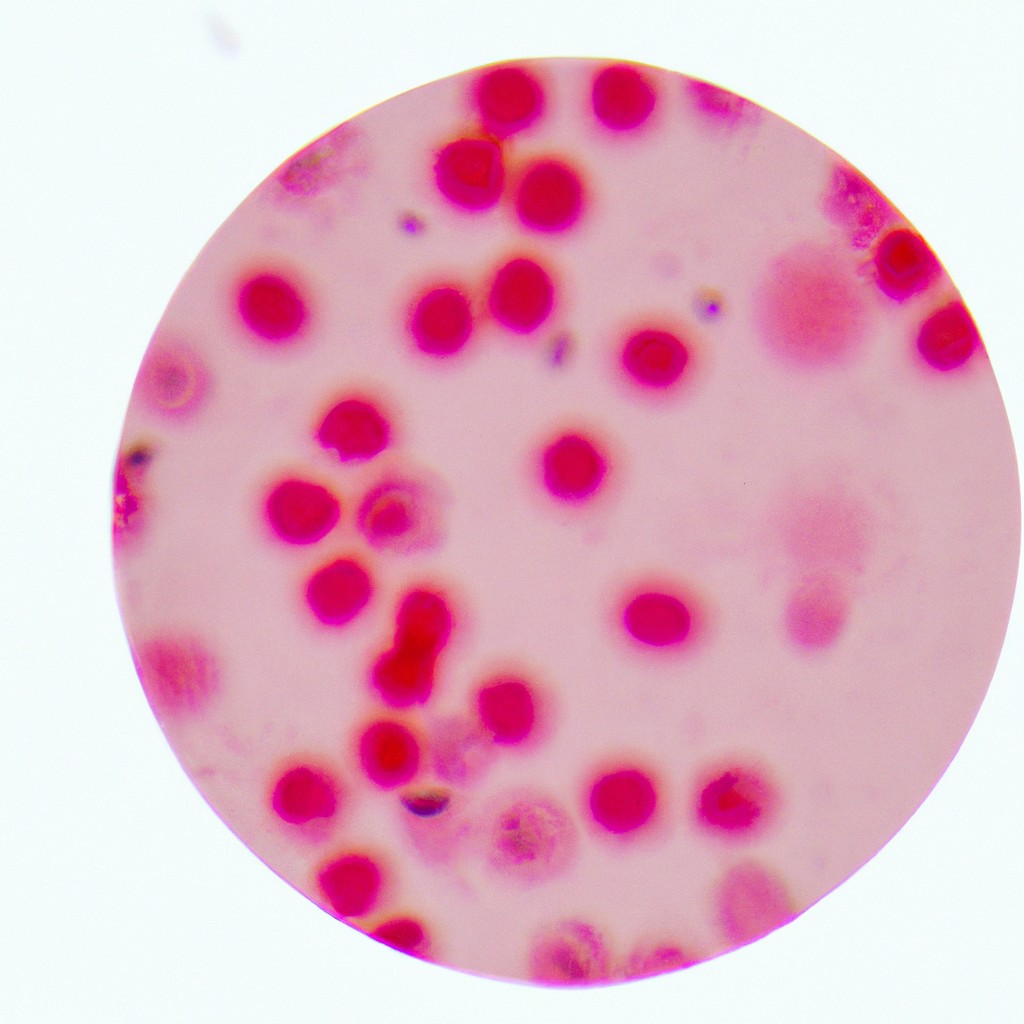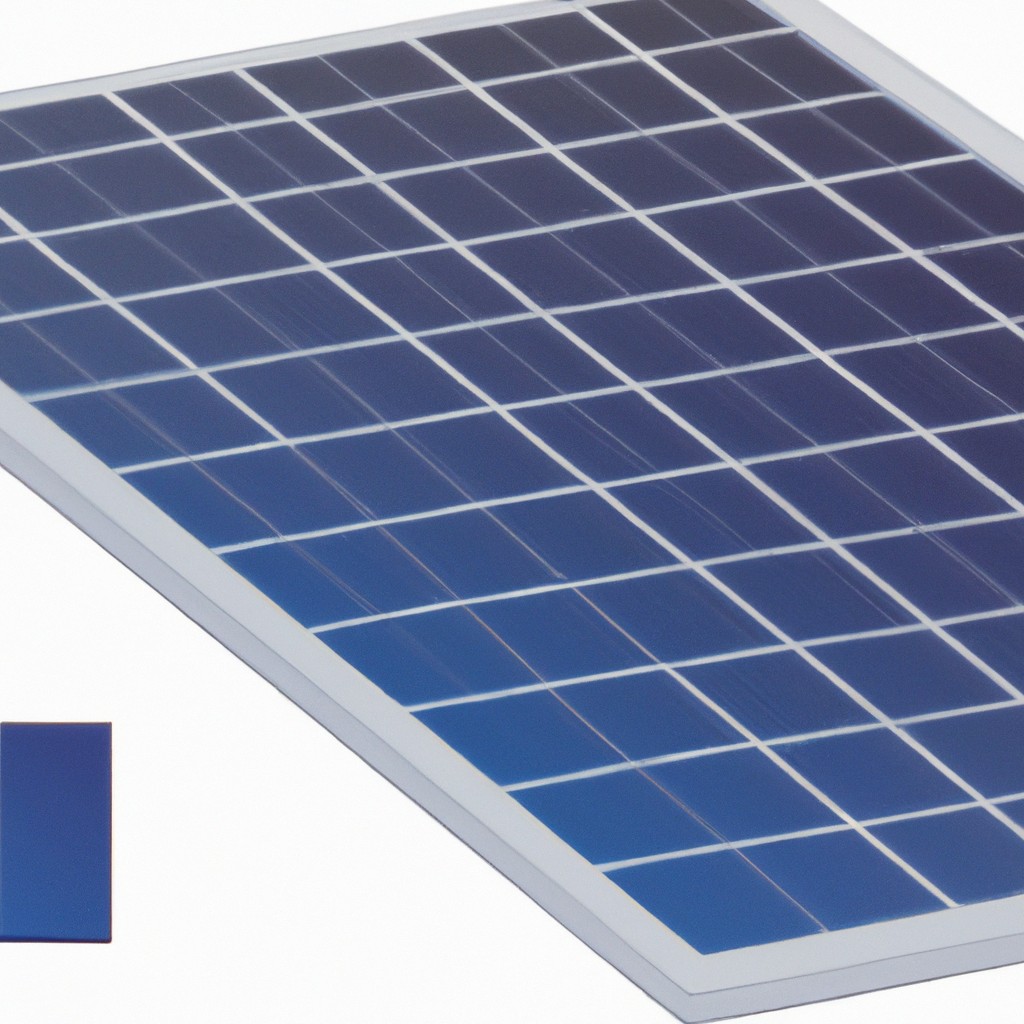Discover how a solar power plant harnesses the sun’s energy to generate clean electricity and the components that make this green technology a shining light in renewable energy sources.
Key takeaways:
- Solar power plants convert sunlight into clean electricity.
- Key components include photovoltaic panels, inverters, and trackers.
- Site selection considers factors like topography and sunlight availability.
- Financial aspects involve initial costs, savings from reduced utility bills, and feed-in tariffs.
- Environmental considerations include habitat disruption and waste management.
Overview of Solar Power Plant Functionality

Harnessing the sun’s bounty, solar power plants convert radiant light into electricity – a clean, renewable source that’s all the rage. Imagine massive fields clad with solar panels, absorbing sunshine and sparking to life our homes and gadgets. They’re not picky about location; from desert expanses to urban roofs, any sunny spot can become an energy haven.
At their core, solar plants operate on a simple principle: photovoltaic cells within panels absorb photons, initiating an electric current. These cells are the unsung heroes, as they transform sunlight into direct current (DC) power like magic. But the tale doesn’t end there. This DC power must then be converted into alternating current (AC) through inverters, since that’s the language our electrical grids speak.
Solar power is all about consistency and predictability. Trackers tilt the panels with the sun’s arc, maximizing exposure. Efficiency is the name of the game here. Some high-tech plants even employ mirrors to focus more light onto the panels, boosting their output as if the sun’s generosity wasn’t enough already.
Curiously, solar power isn’t just a daytime affair. Energy storage systems step in after sundown, banking sunshine for later use. These storage options keep the power flowing even when the stars are out, ensuring that night owls and late-shift workers are never left in the dark.
Stay tuned as we dive deeper into the sun’s symphony, unraveling the enigma of solar power plants without any technical jargon or mind-boggling specs – just plain, down-to-earth talk about tapping into the eternal glow above.
Key Components of a Solar Power Plant
At the core of a solar power plant, photovoltaic (PV) panels take center stage. These panels capture sunlight and convert it into electricity. Surrounding the PV panels, mounting structures are crucial; they support the panels, angling them optimally toward the sun.
Next in line, inverters play the role of translators. They convert the direct current (DC) output from the panels into alternating current (AC), which is what our appliances use. Then we have transformers; think of them as the gatekeepers that regulate voltage levels to match the grid requirements.
A lesser-known but vital component is the solar tracking system. This system tilts the panels as the day goes on, following the sun to maximize energy capture.
Finally, solar plants are equipped with performance monitoring systems that track everything from energy production to possible malfunctions. This technological duo acts like a fitness tracker for the plant, ensuring efficiency and health at all times.
Without these key players, a solar power plant couldn’t reliably convert and supply clean energy to our homes and businesses.
Site Selection for Solar Power Plants
Sun-kissed locales aren’t just for vacations. When scouting for prime real estate to harness the sun’s rays, several factors play pivotal roles. Think big because space is a premium asset; solar arrays spread out like a sunbather on a summer day. Proximity to transmission lines can make or break the feasibility due to cost implications of connecting to the power grid.
Let’s slice through the jargon. Topography is king. A flat piece of land? That’s the golden ticket. Hills and valleys could throw shade on your sun-soaking ambitions. And please, let’s steer clear of shadow-casting structures or foliage. Believe it or not, the local soil type might just have a say in your plant’s stability and foundation costs—a cheeky consideration, but crucial nonetheless.
Sunlight is, obviously, non-negotiable. Average solar irradiance—the fancy term for how much sun an area gets—tops the checklist. But don’t sweat the occasional cloud. Modern technology can capture rays even when the weather plays coy.
Lastly, we can’t turn a blind eye to local regulations and community sentiment. A thumbs-up from local authorities and neighbors can bask a project in glory. So there you have it, the solar site selection dance in a nutshell—find a spacious, flat, sunny spot near the grid, play nice with nature and the neighbors, and you’re well on your way to converting rays into watts.
Financial Aspects of Solar Power Plant Development
Delving into a solar power plant isn’t simply about going green—it’s also about the green in your wallet. So let’s shine a light on what makes the numbers tick. First off, crunching the initial costs is key. You’re eyeing the price tag for solar panels, inverters, mounting systems, and, let’s not forget, the installation crew. And it’s not just about buying parts; securing the land can take a pretty penny, too.
Then there’s the sunny side of savings. Thanks to reduced utility bills and juicy government incentives, the dollars you spend start coming back to you over time, like boomerangs made of cash. Also, you’ve got what’s called a ‘feed-in tariff’, where you can sell excess energy back to the grid. It’s like your solar power plant’s side hustle.
But we can’t overlook operational expenses. Maintenance and repairs will want a slice of your budget pie, though thankfully, solar is low-maintenance by nature. Plus, insurance is there to shield you from stormy days when things don’t go as planned.
Last but not least, if you’re feeling the finance jitters, solar investment can offer a calming predictability. Unlike fossil fuels, where prices bounce around like a kangaroo, solar gives you steady and predictable costs, bringing peace of mind and easier planning.
Now you’re in the loop on what pulls the financial strings behind the scenes. Navigating this sunny financial landscape can really pay off, offering a bright future for both you and the planet.
Environmental Considerations in Solar Power Plant Operations
Operating a solar power plant typically treads lightly on Mother Nature’s toes, but it’s not entirely a dance free of footprints. To shine light on these environmental considerations, let’s peel back the panel, so to speak.
First, habitat disruption knits its brows at us. Large plants need significant land, which might evict some critters from their homes. Think about a hedgehog with its belongings packed in a tiny handkerchief on a stick, and you’ll know why it’s crucial we pick locations that minimize this impact.
Water use is another drop in the bucket. While solar panels themselves do not guzzle water, maintaining them spic and span does. They often need a good rinse. Hence, choosing dry-cleaning methods or recycled water can be akin to opting for a rain barrel instead of a hose to water your garden.
Waste management is the elephant in the room. Yes, panels eventually say adieu, retiring after a sun-soaked career. Disposing of them responsibly prevents potentially hazardous materials from turning landfills into a scene from a post-apocalyptic movie.
Finally, solar farms come with a caveat. Their reflective glory can affect our flying friends. Birds sometimes see them as lakes, aiming for a splash but getting more of a crash. To help these feathery fools, we’re learning to design plants that won’t mirror a mirage.
By addressing these points, solar operations can tap dance with environmental harmony, ensuring the next generation inherits more than just a sunny disposition.




